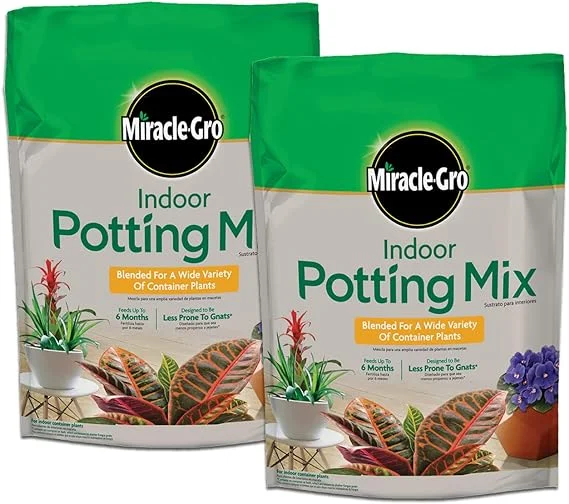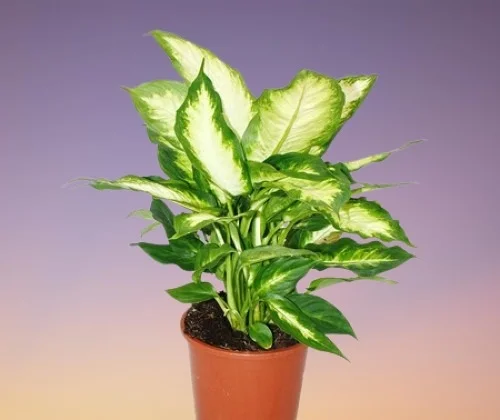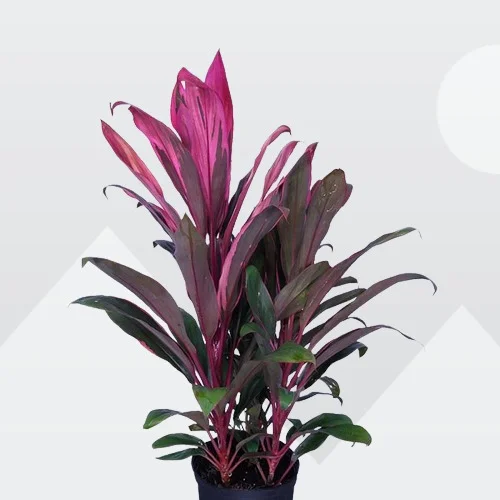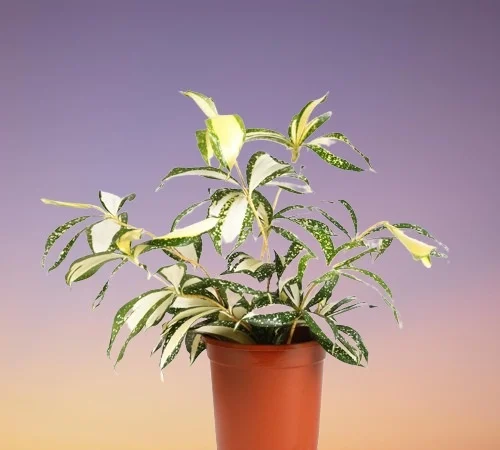How to Propagate Dumb Canes (Dieffenbachia) by 4 Easy Methods
Some links in this post may be affiliate links
Dumb Canes (Dieffenbachia) are propagated from stem cuttings, from the top crown of leaves or from offshoots. The stem cuttings can be rooted either in water or in soil.
The best time to propagate Dieffenbachia is in spring to early summer when the plant is actively growing. During this period, temperature and humidity levels are ideal, and the plant’s metabolic activity supports faster root development. Avoid propagating in winter, as the plant’s growth naturally slows down due to lower light and temperature levels.
Propagating Dumb Canes is a cost-effective way to grow more plants without spending money to increase your stock or to share with friends. It also helps you control the plants size and shape by cutting back the overgrown stems.
Dieffenbachia propagation a practical and rewarding gardening activity that boosts your confidence as a plant parent. Let's dive into the step-by-step Dumb Cane propagation methods.

1. Propagating Dumb Cane from stem cuttings in water
- Use a sharp, sterilized pruning scissors to take stem cuttings of about 4-6 inches from a healthy plant. Confirm each cutting has at least 2 nodes as this is where new growth will come from.
- Remove the lower leaves from the cutting and retain some leaves on top.
- Place the cuttings in a jar of plain water or in a propagation station. Ensure that at least 2-3 inches are submerged, but keep the leaves above water.
- Position the set up in a warm spot under bright indirect light and change the water every 5-7 days to prevent bacterial growth.
- Rooting should occur in 2-3 weeks. Once the roots are about 2-3 inches long, prepare to transfer the cuttings into soil.
- Select a small pot and ensure that the pot has a drainage hole to prevent the soil from getting soggy to avoid rotting.
- Fill the pot with well-drained potting mix and moisten the soil slightly.
- Make a hole in the center of the pot. Ensure that the hole is slightly wider than the root base of the new plant.
- Place the new plant in the previously made hole and lightly firm the soil around the base while taking care not to bury it too deep.
- Position the set up in warm, well-lit spot and maintain the soil moist until the plants are well established after which you can begin routine care.
2. Propagating Dumb Cane from stem cuttings in soil
- With clean, sharp pruning scissors, take 4-6 inches long stem cuttings from a healthy plant. Ensure each cutting has some leaf nodes as this is where new growth will come from.
- Remove the lower leaves and dip the lower cut-end of the stem cuttings in a rooting hormone to hasten rooting.
- Select a rooting container and ensure that there is adequate drainage to prevent the soil from getting soggy as it can lead to rotting.
- Fill the container with loose potting mix and make a hole in the center. Make sure that the hole is slightly wider than the base of the stem cutting.
- Insert about 2-3 inches of the lower cut end of the stem cutting in the previously made hole and lightly firm the soil around the stem cutting while taking care not to bury it too deep.
- Water the soil thoroughly and cover the set up with clear polythene sheet to create a greenhouse effect to hasten rooting.
- Place the set up in a well-lit, warm place. Adequate light and warmth are necessary for faster rooting.
- Maintain the soil moist until rooting occurs; rooting will occur in about 4-5 weeks.
- Once you observe substancial growth, transplant the new plant into its own pot after which you can begin routine care.
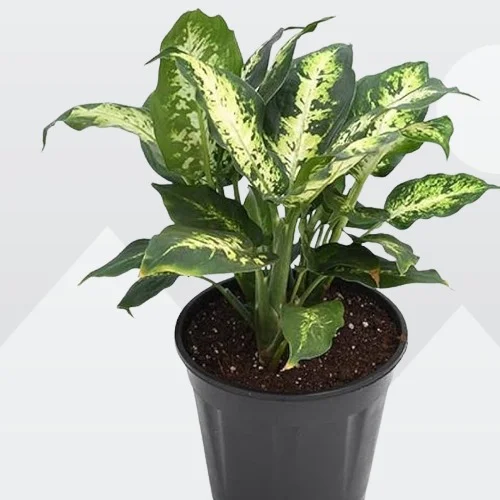
3. Propagating Dumb Cane from the top crown of leaves
- Cut the top crown of leaves bearing about 4-6 inches of the stem from a healthy plant.
- Reduce the leaves to about a third long to minimize water loss. The leaves are necessary for photosynthesis to hasten rooting.
- Apply a rooting hormone on the lower cut end of the stem to encourage rooting.
- Select a rooting container and ensure that there is adequate drainage to prevent the soil from getting soggy as it can lead to rotting.
- Fill the container with quality potting mix and make a hole in the center. Ensure that the hole is slightly wider than the base of the stem.
- Insert about 2-3 inches of the cut end (stem) of the crown of leaves in the previously made hole. Lightly firm the soil around the base of the stem while taking care not to bury it too deep.
- Water the soil thoroughly and place the set up in a well-lit, warm place. Adequate light and warmth are necessary for faster rooting.
- Maintain the soil moist until rooting occurs; rooting will occur in about 4-8 weeks.
- Once you observe new growth, transplant the new plant into its own pot after which you can begin routine care.

4. Propagating Dumb Cane from offshoots
Some varieties of Dumb Cane produce daughter plants (pups or offshoots) at the base.
- Seperate the pups (offshoot) from the mother, with some roots when at least 10 inches tall.
- Select a 6 or 8 inches pot and ensure it has a drainage hole to prevent the soil from getting soggy to avoid rotting.
- Fill the pot with well-draining soil and make a hole in the center of the pot. Ensure that the hole is slightly wider than the root base of the .
- Place the offshoot in the previously made hole and lightly firm the soil around the base while taking care not to bury it too deep; maintain the offshoot at the same soil level it was in the previous pot.
- Wet the soil thoroughly and place the set up in a well-lit, warm place away from direct sunlight.
- Keep the soil moist until the new plant is well established.
- Transplant the new plant into a pot one size larger in well-draining soil after which you can begin routine care.
Caring for newly propagated Dumb Canes
Once you propagate Dumb Canes, proper care is needed for their optimal growth growth.
- Keep the soil slightly moist but never soggy or excessively dry.
- Place the new plants in bright indirect light.
- Avoid direct sunlight to prevent scorching of the leaves.
- Maintain a humidity of 50-55% for faster growth.
- Give it a warmth of 18-250C.
- Do not fertilize until after 6–8 weeks.
How to Care for Dumb Canes Indoors
To care for Dumb Canes indoors, give them bright indirect light (filtered light), warmth of 18-26, humidity of 50-55% and moderately moist, rich, well-drained soils coupled with fortnightly feeding in spring and summer. Learn how to grow and care for Dumb Canes indoors.
You liked it? Share on social media.
Related Content
Amazon Associates Disclosure
Homeplantsguide.com is a participant in the Amazon Services LLC Associates Program, an affiliate advertising program designed to provide a means for sites to earn advertising fees by advertising and linking to amazon.com.

